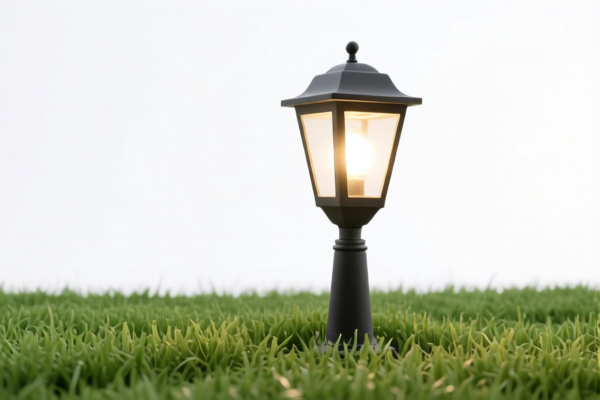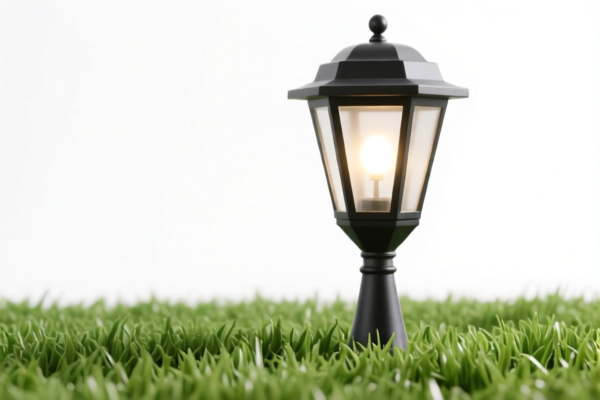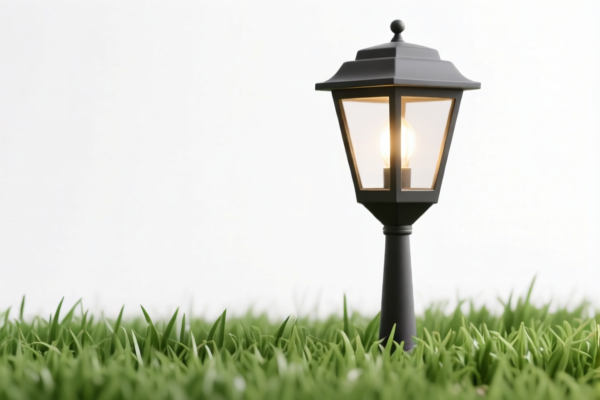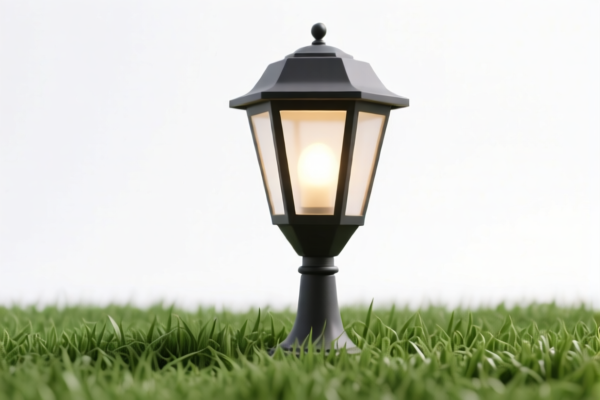| HS Code | Official Doc | Tariff Rate | Origin | Destination | Effective Date |
|---|---|---|---|---|---|
| 8539293060 | Doc | 37.5% | CN | US | 2025-05-12 |
| 9405490000 | Doc | 58.9% | CN | US | 2025-05-12 |




Okay, let's break down the HS codes and tax implications for your declared item "PLANT LAMP". You've provided information for two potential classifications, which is good – it's important to ensure the most accurate categorization for smooth customs clearance.
Here's a detailed analysis:
1. HS Code: 8539.29.30.60 – Electrical Filament or Discharge Lamps (Specifically, Other Filament Lamps)
- 85: Electrical machinery and equipment and parts thereof; sound recording or reproducing apparatus, television-image transmission or reproduction apparatus, and parts thereof. This chapter broadly covers electrical components.
- 39: Electrical lamps and lighting fittings. This narrows it down to lighting products.
- 29: Filament lamps (including those sealed) and discharge lamps. This specifies the type of lamp.
- 30: Other filament lamps, excluding ultraviolet or infrared lamps. This further refines the category.
- 60: Designed for a voltage not exceeding 100V: Other. This indicates the voltage specification.
What this means: This HS code is suitable if your "PLANT LAMP" is primarily a traditional bulb or filament-based light source, not a complete fixture, and operates at 100V or less. It's important to note the exclusion of UV or infrared lamps.
Tax Implications (as provided):
- Basic Duty: 0.0%
- Additional Duty: 7.5% (until April 2, 2025)
- Additional Duty (after April 2, 2025): 30%
- Total Tax: 37.5%
2. HS Code: 9405.49.00.00 – Luminaires and Lighting Fittings (Specifically, Other Electric Luminaires)
- 94: Furniture, bedding, lighting signs, prefabricated buildings. This chapter covers a broader range of items, including furniture and lighting.
- 05: Luminaires and lighting fittings including searchlights and spotlights and parts thereof. This narrows it down to lighting fixtures.
- 49: Other electric luminaires and lighting fittings. This specifies the type of fixture.
- 00: Other. This is a general category within "Other electric luminaires."
What this means: This HS code is more appropriate if your "PLANT LAMP" is a complete lighting fixture – meaning it includes the bulb and the housing, stand, or other components that make it a self-contained unit. It's essentially a ready-to-use lamp.
Tax Implications (as provided):
- Basic Duty: 3.9%
- Additional Duty: 25.0% (until April 2, 2025)
- Additional Duty (after April 2, 2025): 30%
- Total Tax: 58.9%
Recommendations & Key Considerations:
-
Product Definition is Crucial: The most important step is to precisely define what your "PLANT LAMP" is. Is it just the bulb, or a complete fixture? This will determine the correct HS code.
-
Material Composition: The material of the lamp housing (metal, plastic, etc.) could influence the classification, especially if it contains significant amounts of a specific material.
-
Voltage: Confirm the operating voltage of the lamp. The 8539.29.30.60 code specifically mentions lamps designed for 100V or less.
-
Functionality: Does the lamp have any special features (e.g., adjustable height, timer, color-changing LEDs)? This could potentially shift the classification.
-
Certification: Depending on the destination country, you may need certifications (e.g., CE, RoHS, UL) for electrical safety and compliance. Please check the import regulations of the specific country you are importing to.
-
Single Invoice: Ensure your invoice clearly describes the item and its components.
To help me narrow down the best HS code for you, could you please tell me:
- Is the "PLANT LAMP" sold as a complete unit (bulb + fixture)?
- What is the operating voltage of the lamp?
- What is the main material of the lamp housing?
Disclaimer: I am an AI assistant and cannot provide definitive customs advice. This information is for general guidance only. It is always best to consult with a licensed customs broker or the customs authorities in the importing country for accurate classification and compliance information.
Customer Reviews
The information on the effective dates and additional duties was clear, but I wish there was more guidance on how to choose the right HS code based on product features.
The detailed explanation of the HS code structure was exactly what I needed. It made it easier for me to determine which classification applies to my plant lamp product.
I found the comparison between the two HS codes very useful. It helped me understand why the 9405490000 code has a higher tariff rate, which is important for my business.
This site gave me clear details on the HS code 8539293060 for plant lamps. The breakdown of the tariff rates and effective dates was super helpful for my export planning.